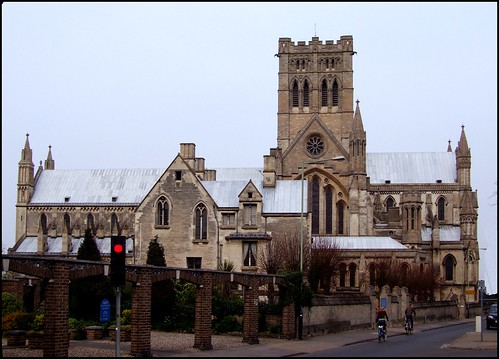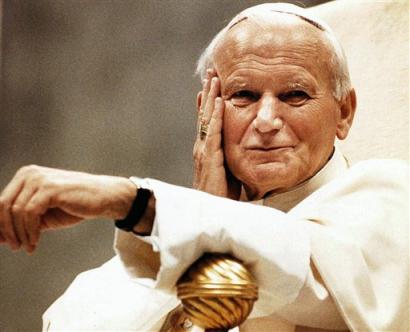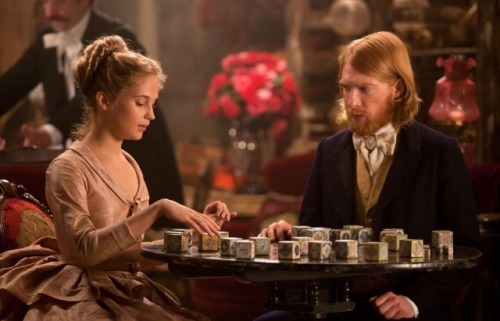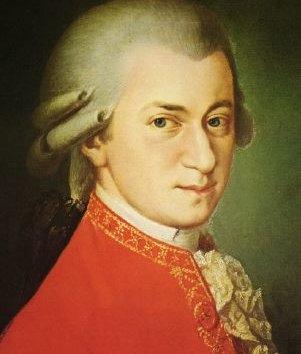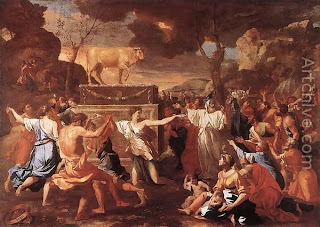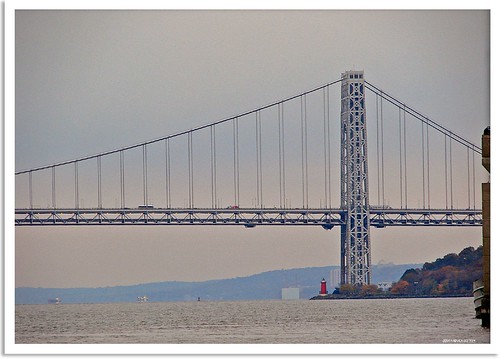
Last week we had a retreat led by Fr Stephen Wang, the Dean of Studies at Allen Hall seminary in the Archdiocese of Westminster. He gave some excellent reflections. You can have a look at his blog, Bridges and Tangents, where he writes about faith and culture. He is also the chaplain to Youth 2000, which has a prayer festival in Walsingham every August bank holiday, as well as other such events in different locations throughout the year. There is a real emphasis on Adoration and Confession, and the days are well attended by lay movements, religious orders and diocesan priests, who help run workshops and give talks during the events for the young people that are present.
During the retreat I was rereading Pope Benedict's homilies on Priesthood when he was Cardinal Ratzinger. Here are a few things he said that I really liked:
On not procrastinating in vocational discernment:
"There is a moment of Jesus Christ which one cannot put off and calculate and say: 'Yes, I want to all right, but at the moment it is still too risky for me. At the moment I still want to do this and that.' One can miss the moment of one's life, and with prudence gamble away the real worth of one's life never again to be able to recover it."
On priests accepting their weakness:
"[The priest] learns how through him God does great things, through is very weakness, and is full of joy that God has found someone as mean as him worthy of such mercy."
On being a disciple of Christ, who Ratzinger compares to Elijah in his fiery chariot:
"...discipleship demands that we have the courage to stand by is fiery chariot; that we have the courage to be near the fire which he came to cast upon the earth that it might be kindled... we must be ready to be burnt by him, to let ourselves be set on fire, with our hearts burning with the power of his word."
On faith as the most realistic worldview:
"I think we should find this courage once again: to recognise faith as the real objectivity, as the understanding that accepts the world in its true language."



